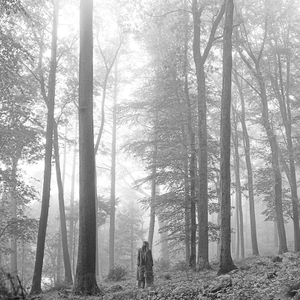Mini Sheet: Native American Folklore - The Raven Story (United States of America 2021)
Native American Folklore - The Raven Story (United States of America 2021)
30 July (United States of America ) within release Native American Folklore - The Raven Story goes into circulation Mini Sheet Native American Folklore - The Raven Story face value FOREVER No Face Value
| Mini Sheet Native American Folklore - The Raven Story in catalogues | |
|---|---|
| Colnect codes: | Col: US 2021-22MS |
Mini Sheet is horizontal format.
Also in the issue Native American Folklore - The Raven Story:
- Stamp - Native American Folklore - The Raven Story face value FOREVER;
- Mini Sheet - Native American Folklore - The Raven Story face value FOREVER;
- Stamp - Native American Folklore - The Raven Story face value FOREVER;
Mini Sheet Native American Folklore - The Raven Story it reflects the thematic directions:
Animals are multicellular, eukaryotic organisms of the kingdom Animalia (also called Metazoa). All animals are motile, meaning they can move spontaneously and independently, at some point in their lives. Their body plan eventually becomes fixed as they develop, although some undergo a process of metamorphosis later on in their lives. All animals are heterotrophs: they must ingest other organisms or their products for sustenance.
Birds (Aves), a subgroup of Reptiles, are the last living examples of Dinosaurs. They are a group of endothermic vertebrates, characterised by feathers, toothless beaked jaws, the laying of hard-shelled eggs, a high metabolic rate, a four-chambered heart, and a strong yet lightweight skeleton. Birds live worldwide and range in size from the 5 cm (2 in) bee hummingbird to the 2.75 m (9 ft) ostrich. They rank as the class of tetrapods with the most living species, at approximately ten thousand, with more than half of these being passerines, sometimes known as perching birds. Birds are the closest living relatives of crocodilians.
Folklore is the body of expressive culture shared by a particular group of people; it encompasses the traditions common to that culture, subculture or group. These include oral traditions such as tales, proverbs and jokes. They include material culture, ranging from traditional building styles to handmade toys common to the group. Folklore also includes customary lore, the forms and rituals of celebrations such as Christmas and weddings, folk dances and initiation rites. Each one of these, either singly or in combination, is considered a folklore artifact. Just as essential as the form, folklore also encompasses the transmission of these artifacts from one region to another or from one generation to the next. For folklore is not taught in a formal school curriculum or studied in the fine arts. Instead these traditions are passed along informally from one individual to another either through verbal instruction or demonstration. The academic study of folklore is called folkloristics.



